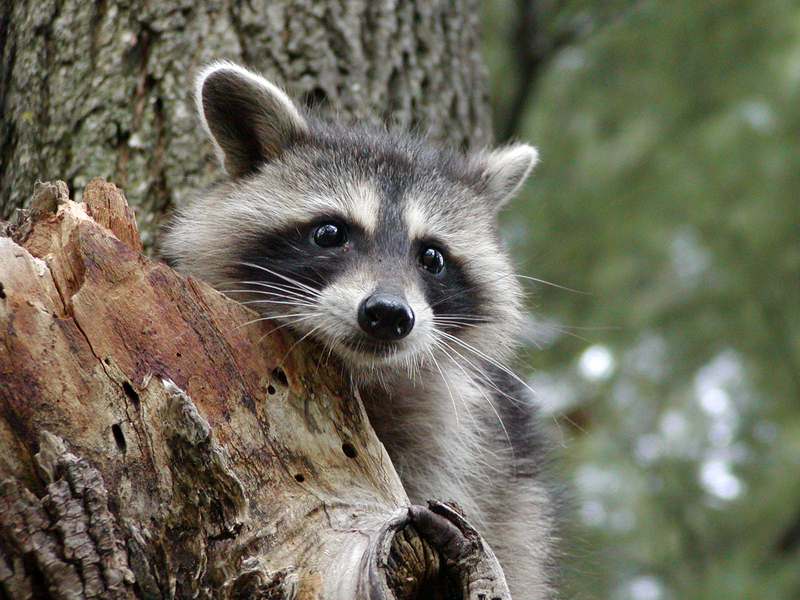
SQUIRRELS & RACCOONS
The only reason raccoons or squirrels take up residence in an attic is to have babies. The reasons they have selected your attic is that they could gain access and your attic is the safest place to keep their babies.
There are three effective means to convince unwanted attic occupants that your attic is not a safe place for their babies:
- Predator smell. Place a stinky dog blanket (the smellier the better) or dog fur near or as close to the area of animal activity in your attic.
- Make a lot of noise. Periodically over a 3-day period go into the attic and make a lot of noise. Blow whistles, honk air horns, and clang pots and pans. You can also attach a box or cans to a cord, toss it into the attic, and drag it across the rafters. Make the noise during the sleep period of the animal. (For raccoons, do this during the day time. For squirrels, do this during the night time.)
- Keep bright lights on in the attic or run trouble-lights, along with a portable radio (preferably set to an AM station) set as loud as resident can tolerate for 24 hours a day for the 3-day period.

Utilizing all three of these methods will assure you of a raccoon/squirrel-free attic in about 3 days. The raccoons/squirrels will move their babies to a new nest. Give them ample opportunity to do this, do not block entrances/exits, and put dogs away.
Next, remove the animal's access to your attic. Block entryways with thick boards or wire and trim back tree branches. Other squirrels and raccoons are waiting to take up residence in your attic, so act quickly.
NOTE: This technique does not work for mice/rats. This technique also should not be used for owls. Call a wildlife rehabber for advice on the removal of owls.
Lastly, trapping is a very ineffective way to deal with raccoons/squirrels in attics because it is almost always impossible to trap the babies and the babies (which are usually inaccessible), will die in your attic. Also, studies show that trapped raccoons/squirrels released into new areas fare poorly.

